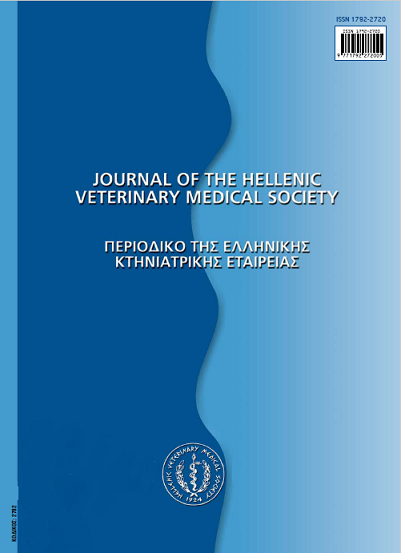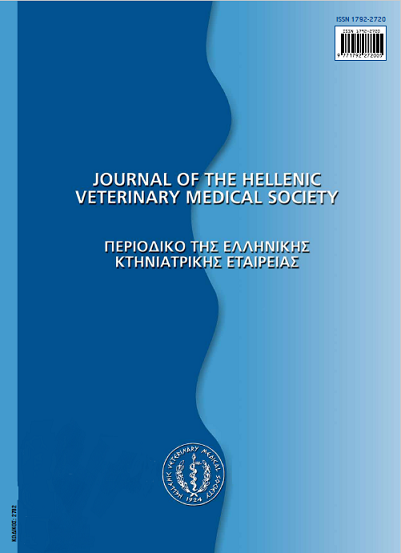Water quality and fish diseases
Аннотация
Certain water quality parameters are known to cause serious problems to fish, especially when they are living under intensive farming conditions. These problems range from discomfort of fish to heavy mortalities and factors, such as the fish species, the time and level of exposure and the synergic effect of other coexisting stressful conditions, play an important role. In addition, when these parameters are outside the preferable for each fish species range, they can induce stress to fish, compromising their immune system and making them vulnerable to many opportunistic pathogens. Oxygen is, probably, the main limiting factor under farming conditions and when its levels are below the preferable range for any fish species, many morphological, as well as physiological alterations develop. Increased levels of carbon dioxide in the water usually coexist with decreased levels of oxygen and can cause respiratory acidosis and nephrocalcinosis. The latter is characterized by the development of granulomas in many internal organs and urolithiasis. Ammonia usually causes problems under intensive farming conditions, especially when the water
is recirculated and the pH is high. Increased levels of ammonia in the water can cause extensive alterations in the gills and degenerative changes in the liver and kidney. Gas supersaturation of the water, depending on the level of saturation and the time of exposure, can result in the gas bubble disease. Formation of bubbles in the eyes, skin and gills and extensive necrotic areas inmany organs due to gas emboli are the main findings caused by this disease. Many contaminants in the water can, also, create serious problems to fish. Fin erosion, epidermal hyperplasia or papilloma and degenerative and necrotic alterations in many internalorgans are common findings observed in fish on many cases of water pollution. Many of the factors mentioned above, as well as others, such as nutrition and bad management, can result in abnormal development of the body offish, when exposed at their early life stages. Due to farming conditions, cultured fish tend to exhibit increased rate of body malformation compared to wild ones. Careful design of the facilities, use of specialized equipment and, probably, application of genetic selection program can minimize or even eliminate the effects these water parameters have on the cultured fish.
Article Details
- Как цитировать
-
VATSOS (Ι.Ν. ΒΑΤΣΟΣ) I. N., & ANGELIDIS (Π. ΑΓΓΕΛΙΔΗΣ) P. (2017). Water quality and fish diseases. Journal of the Hellenic Veterinary Medical Society, 61(1), 40–48. https://doi.org/10.12681/jhvms.14875
- Выпуск
- Том 61 № 1 (2010)
- Раздел
- Review Articles
Authors who publish with this journal agree to the following terms:
· Authors retain copyright and grant the journal right of first publication with the work simultaneously licensed under a Creative Commons Attribution Non-Commercial License that allows others to share the work with an acknowledgement of the work's authorship and initial publication in this journal.
· Authors are able to enter into separate, additional contractual arrangements for the non-exclusive distribution of the journal's published version of the work (e.g. post it to an institutional repository or publish it in a book), with an acknowledgement of its initial publication in this journal.
· Authors are permitted and encouraged to post their work online (preferably in institutional repositories or on their website) prior to and during the submission process, as it can lead to productive exchanges, as well as earlier and greater citation of published work.






